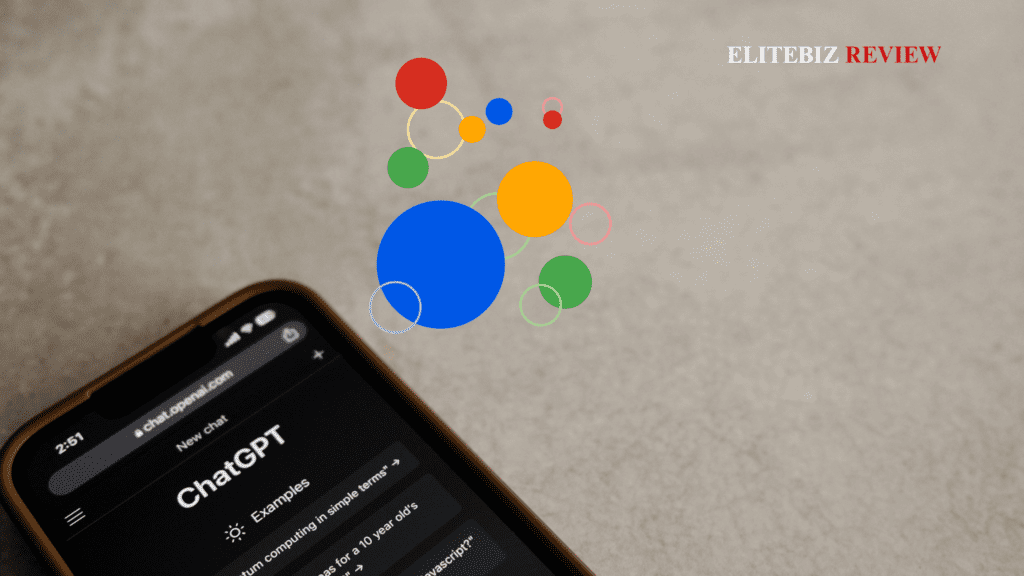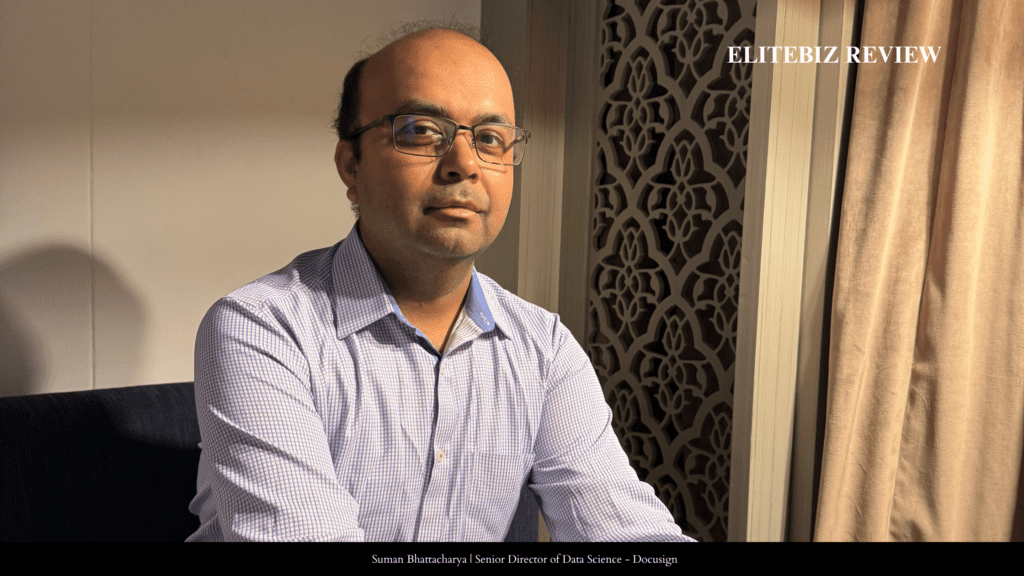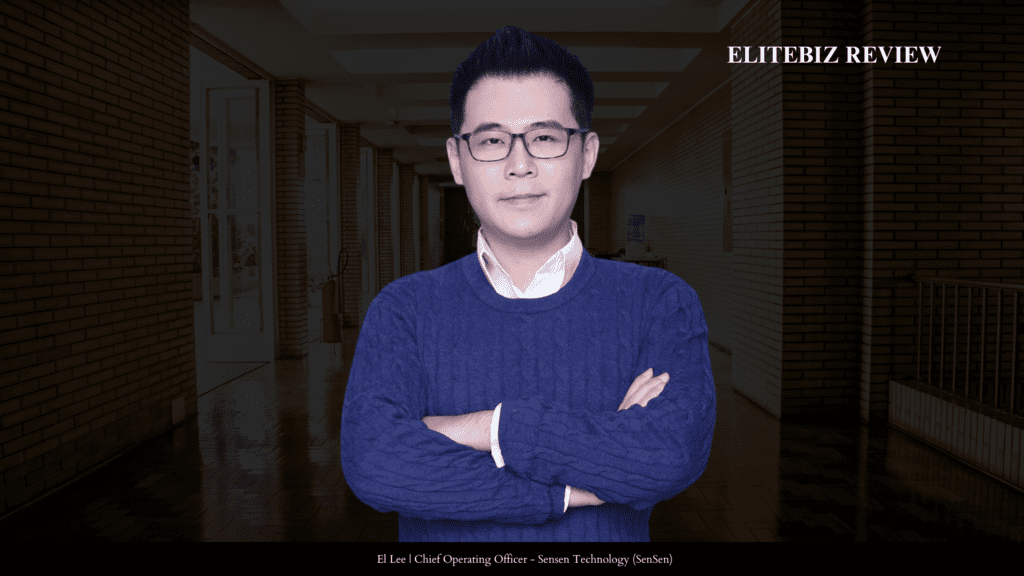Inside Scoop: How ChatGPT Gets Real-Time Answers — Hint: It’s Using Google
In a surprising turn of events, a recent exposé by The Information revealed that ChatGPT, developed by OpenAI, isn’t entirely relying on its own AI models to fetch up-to-the-minute information. Instead, it’s tapping into Google Search results—scraped via a third-party service called SerpApi—to deliver responses on fast-paced topics like news, sports scores, and market updates (The Information, Storyboard18, The Financial Express). Why This Matters Real-time relevance: Unlike ChatGPT’s traditional reliance on static training data, this setup equips it to address current events with remarkable immediacy. Behind-the-scenes workaround: Previously, OpenAI had requested direct access to Google’s proprietary search index—a request that was declined. The use of SerpApi appears to be a creative, albeit controversial, alternative (Storyboard18, mint). A pragmatic twist in competition: Despite the fierce rivalry between OpenAI and Google, there’s a tangible data-sharing dynamic—one company’s data is powering the other’s AI ambitions (Medium, AInvest, Sherwood News). A Demonstration of Influence One striking demonstration involved a former Google engineer, Abhishek Iyer. He published dummy web pages—only indexed by Google, and nowhere else. Yet, when those specific pages were queried, ChatGPT retrieved the exact fabricated content. This serves as a strong indicator that ChatGPT indeed accesses Google Search results, not just cached knowledge (Storyboard18, mint). SerpApi: The Data Bridge SerpApi is a service tailored for extracting live search results from Google’s index and serving them through a structured API. Clients include major tech players such as Meta, Apple, Perplexity, and now, apparently, OpenAI (The Information, mint). Although Google has tried to limit SerpApi’s access, they have yet to pursue legal action—potentially to avoid regulatory complications amid ongoing antitrust scrutiny (TipRanks, AInvest, Sherwood News). Why OpenAI Did It Speed matters: OpenAI’s own web crawler and partners like Bing haven’t matched Google’s speed and breadth, especially for niche or long-tail queries (AInvest, TipRanks). User experience: Ensuring ChatGPT provides timely, accurate answers enhances its utility and keeps pace with rivals like Gemini (by Google) and xAI’s Grok, both of which leverage their own search backends natively (Storyboard18, mint). Infrastructure synergy: Despite the competition, OpenAI still relies on Google Cloud to power parts of its infrastructure—a pragmatic blend of cooperation and rivalry (Tom’s Guide, AInvest). What This Means for You Transparency matters: Users might not realize that ChatGPT’s “search” responses have indirect reliance on Google—something that raises questions about disclosure, sourcing, and trust. Competitive complexity: Even giants like OpenAI may lean on their arch-rival in practice—showing just how intertwined AI ecosystems can be behind the scenes. Legal and ethical waters: As AI continues to rely on scraping and aggregated data, the legality and ethics of such methods warrant ongoing scrutiny. TL;DR: In a nutshell ChatGPT sources some real-time information by fetching Google Search results via SerpApi. This happens despite Google denying direct access to its search index. A staged experiment confirmed ChatGPT’s access to Google-only content. SerpApi powers this data pipeline, and other tech leaders also use it. It helps OpenAI remain up-to-date while bypassing traditional roadblocks. While clever, this approach brings transparency and legal questions to the fore.



